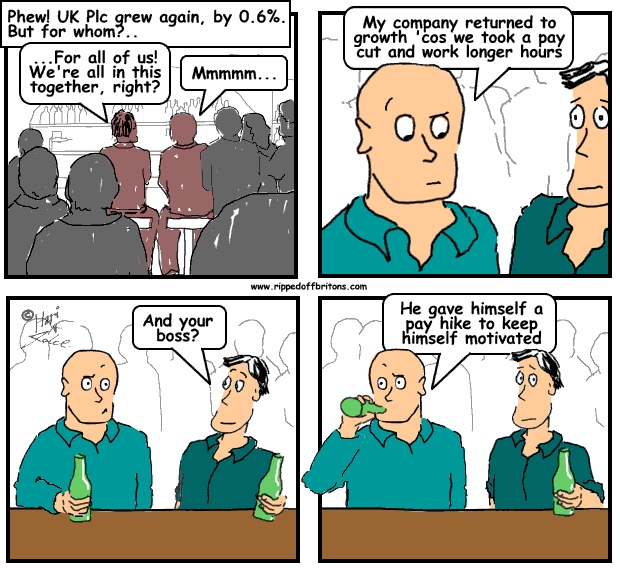It is, I suppose, some consolation that the 1% are undiscriminating when they rip-off the 99%. Even when you look at the 1% itself: the top 1% of the top 1% get a far greater share than the bottom 99% of the top 1% as is shown by this report from a London School of Economics study "Banker's Pay And Extreme Wage Inequality In The UK". The report states that the top 5% of the top 1% took 23% of the top 1%'s wages. Hope that is clear.
Remember as you read this post that the graphs show data for the top 1% only.
"we rank the top percentile of all workers into 50 equally-sized bins based on total wage. So the workers in the top bin are the top 0.02% of [all] earners. We then compute the share of the top 1% wage bill that accrues to each bin in 1998 and 2008. It follows that the sum of all these shares will be 1. Figure 11 shows the results. In effect we are now focusing on the extremes within the extreme. The top 2% of the percentile took 11% of the wage share in 1998 and 13% in 2008. The relatively large share taken by the very top earners seems consistent with superstar theory, though they by no means account for most of the gains that have accrued over the last decade."

"The evidence also seems to suggest that the financial sector may be more susceptible to superstar effects than the rest of the economy. Figure 12 shows the top percentile of wages broken into 20 equally-sized bins separately for finance and non-finance workers. The top bin now covers the top 0.05% of [all] workers. This top group take 23% of top percentile wages in the financial sector and 21% in the other sectors."
So that's alright then.



































































